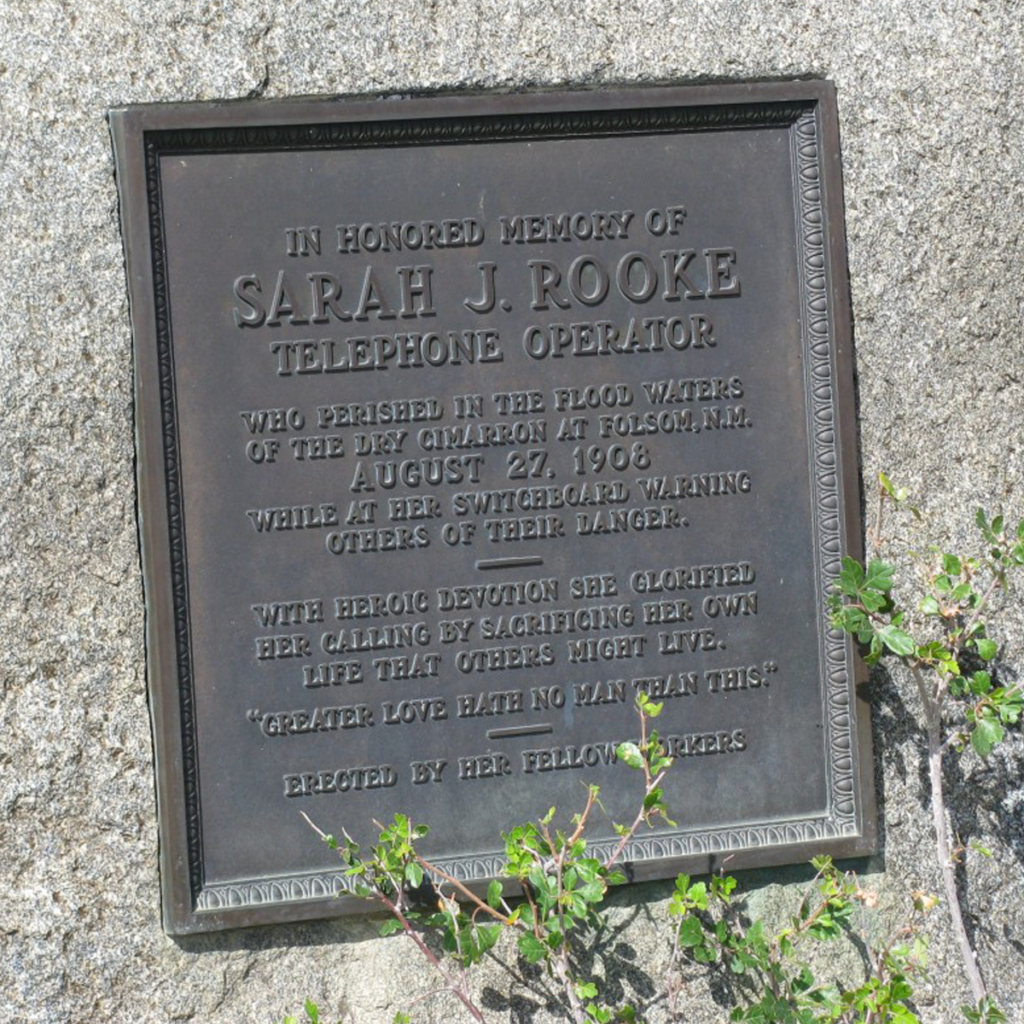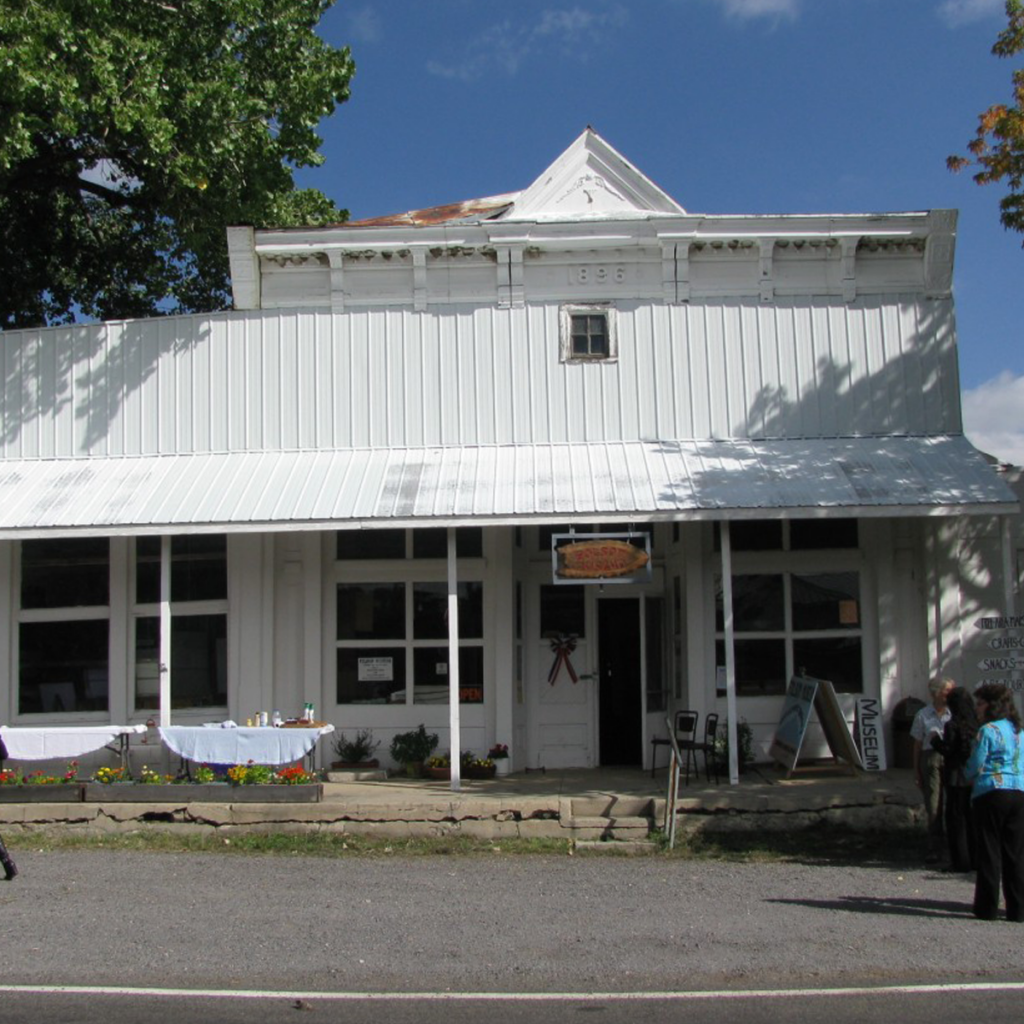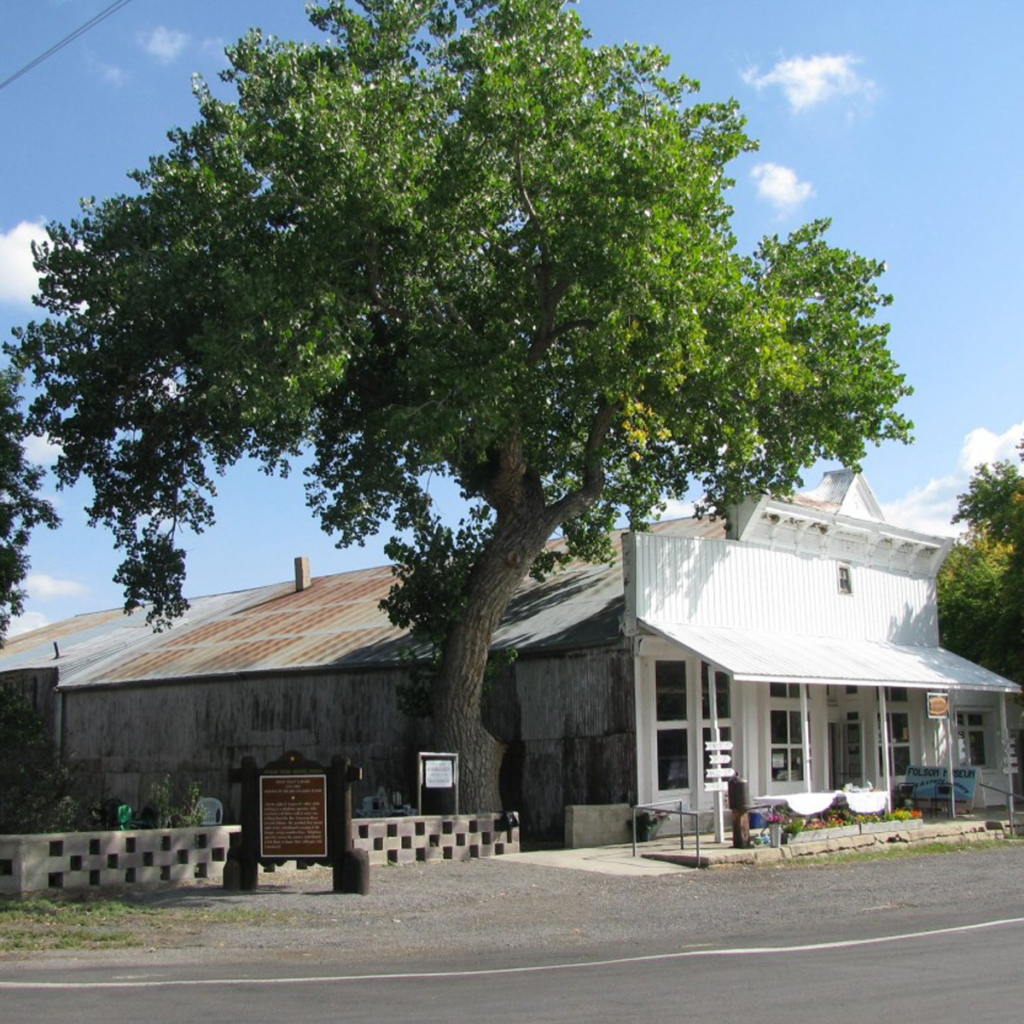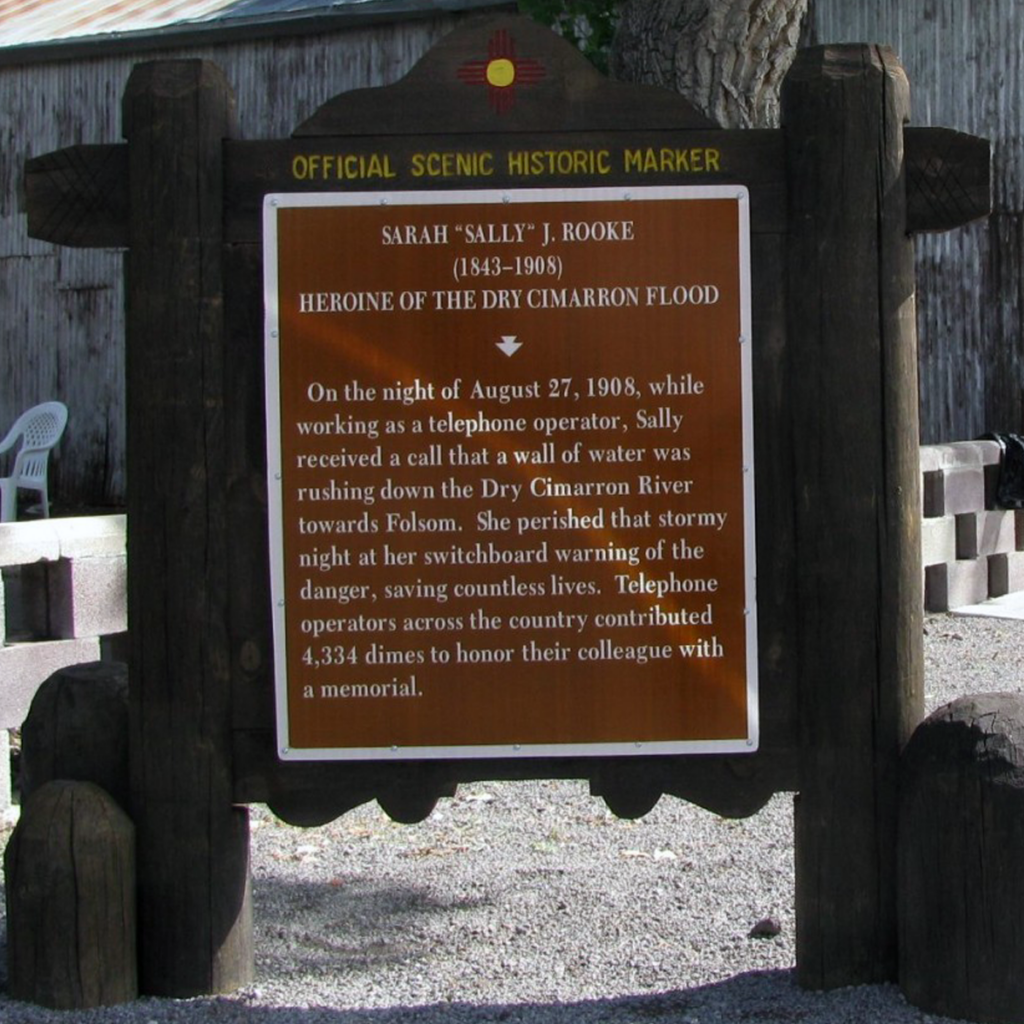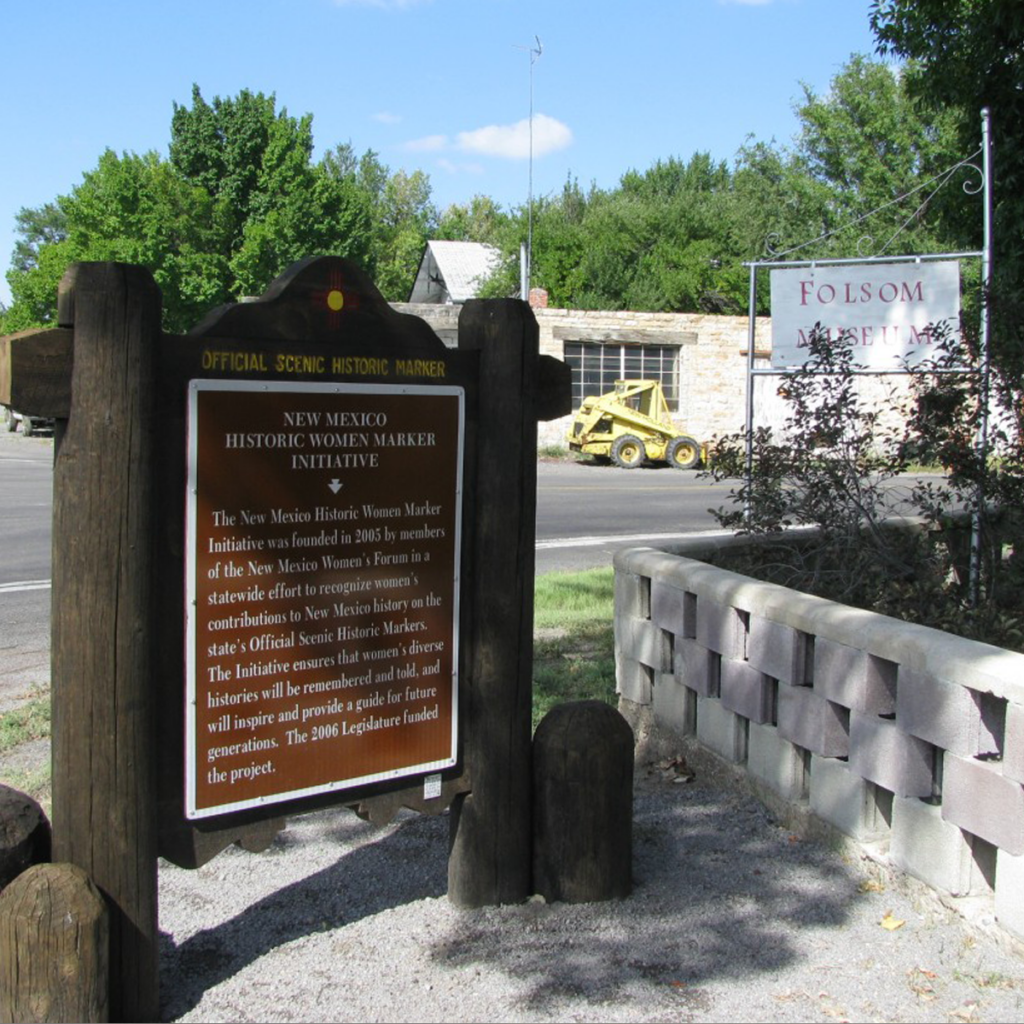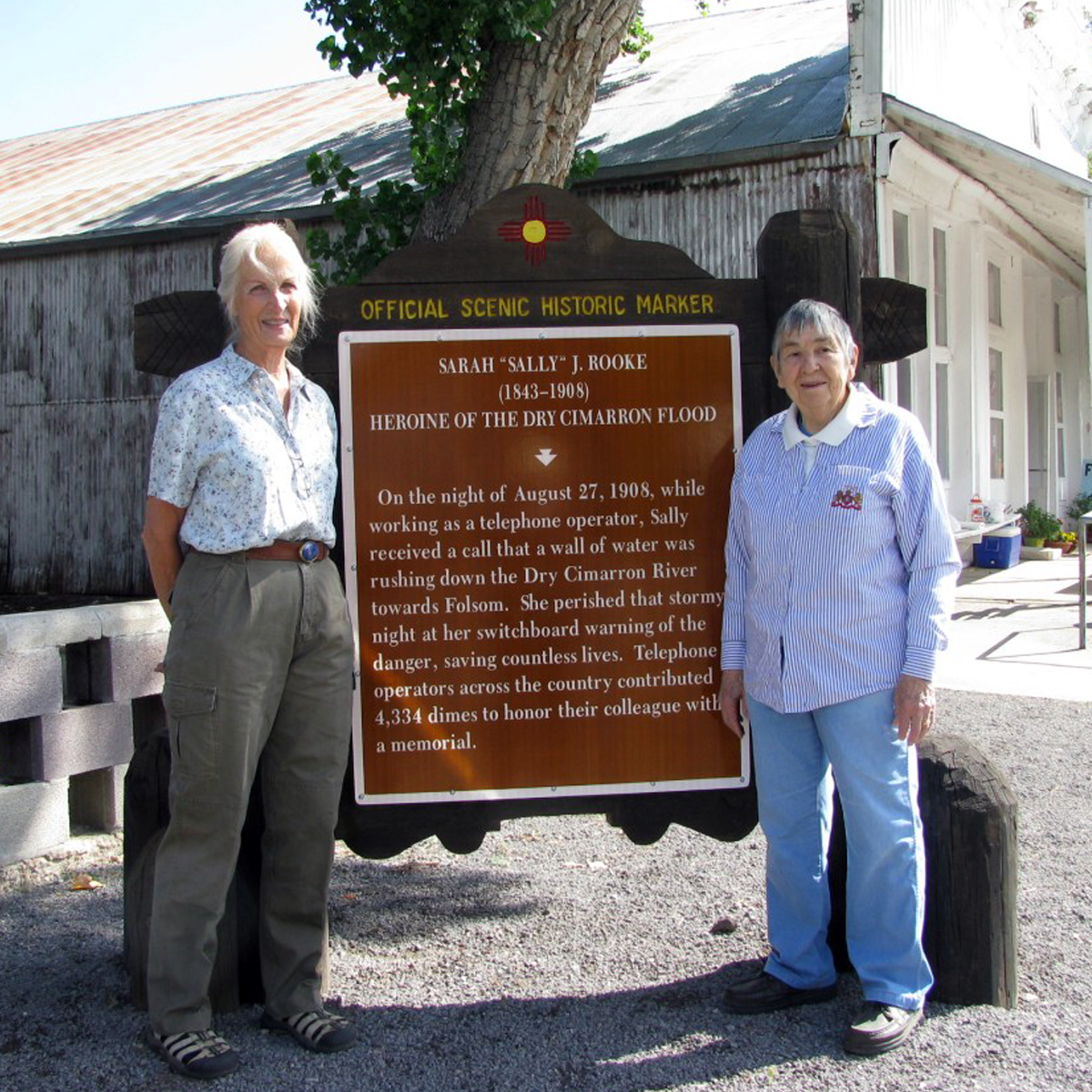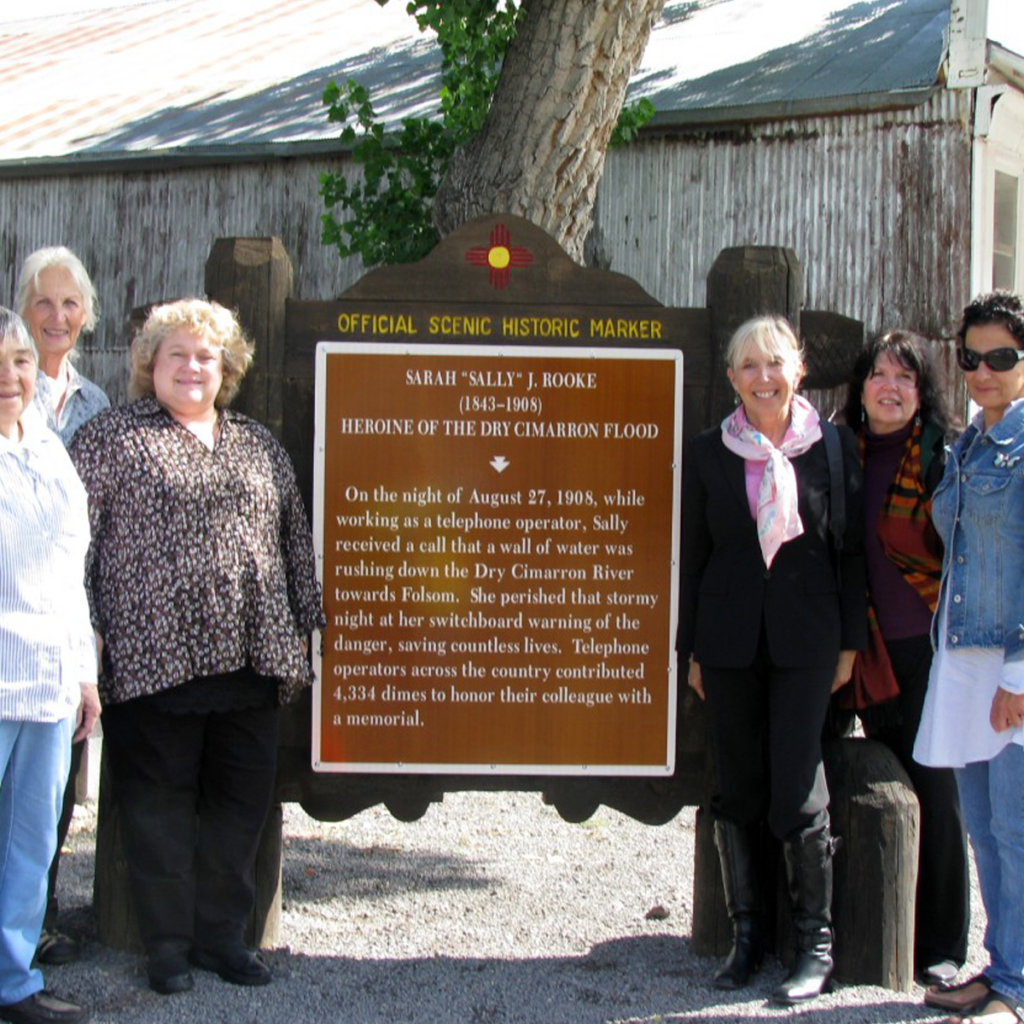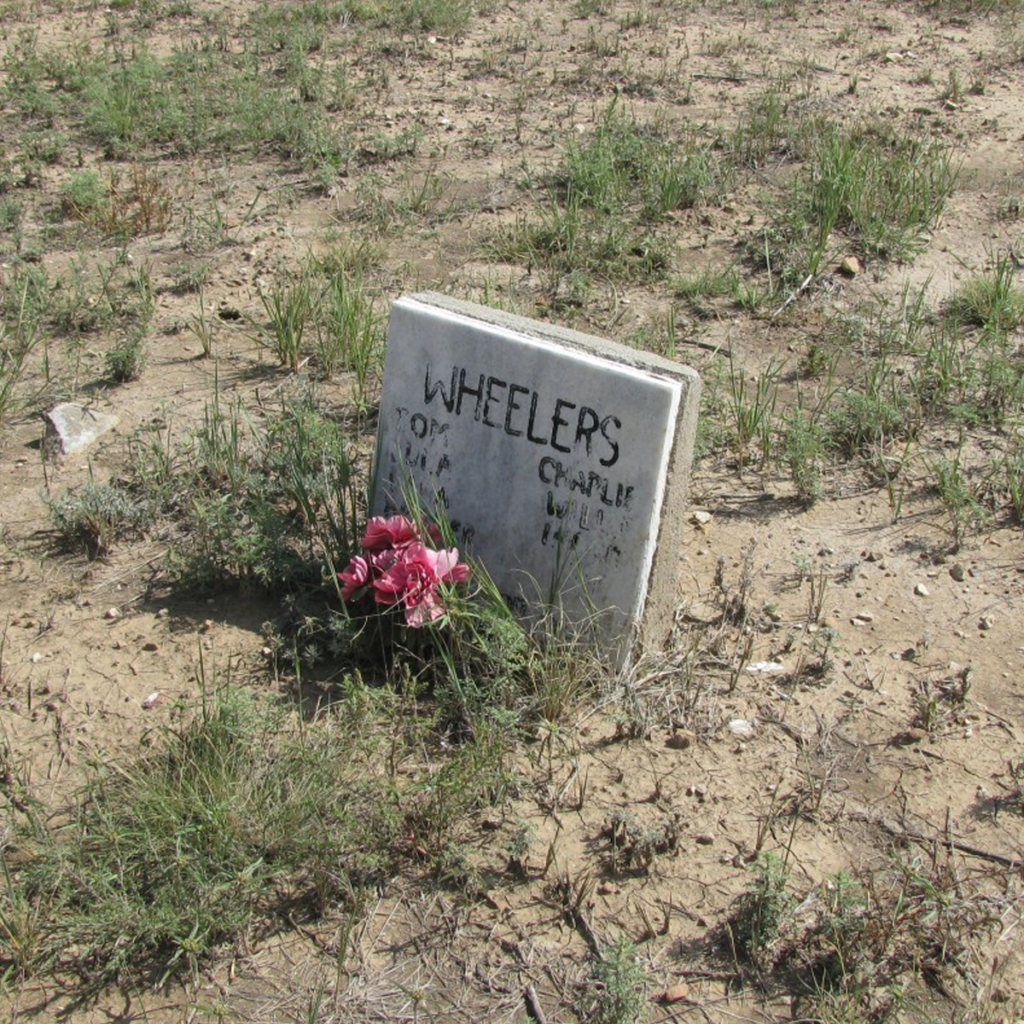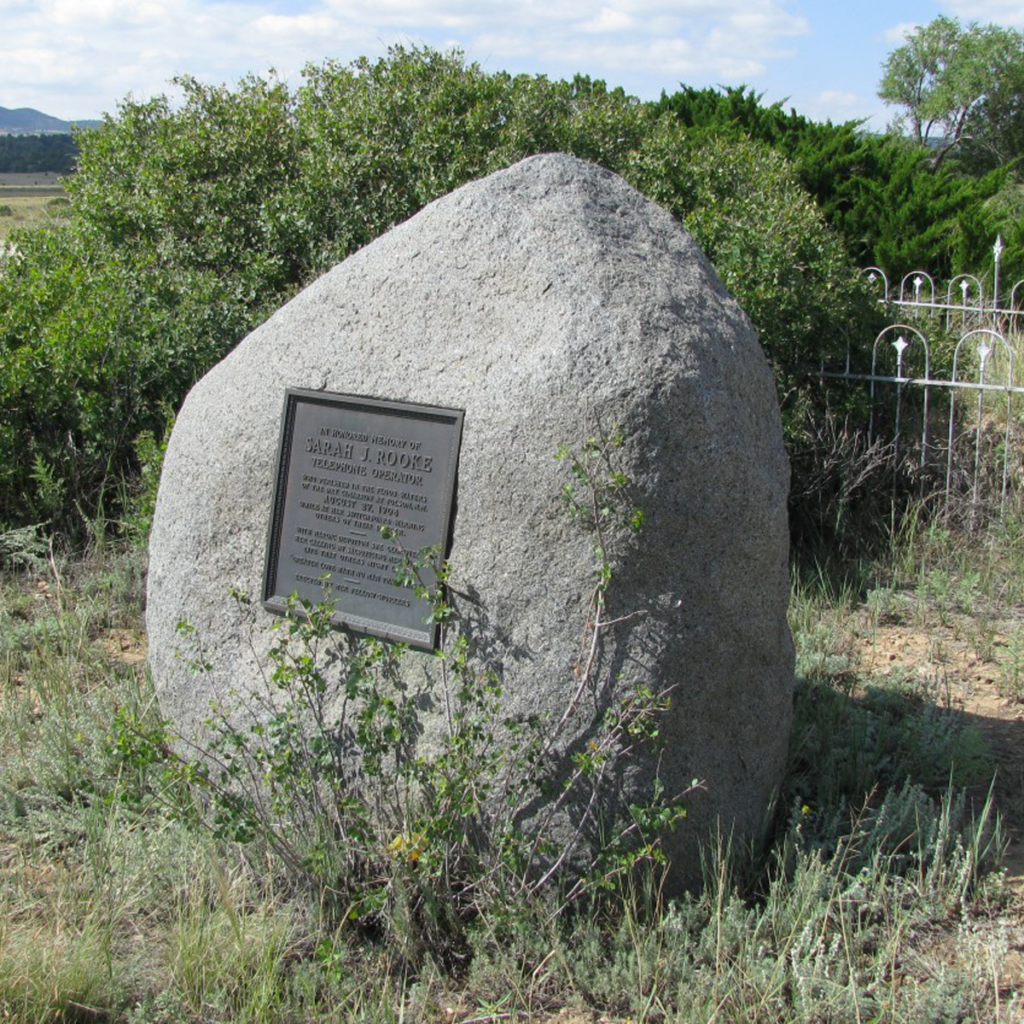Sarah “Sally” Rooke
1843 - 1908
Union County
When storm waters threatened the town of Folsom, the town’s telephone operator began calling everyone with a telephone, warning them to leave immediately to escape the approaching wall of water. She lost her life by staying at her post but saved many others.
There is no greater an act of self-sacrifice and bravery than giving up your own life to save others. This is what Sarah J. “Sally” Rooke did around midnight on August 27, 1908, in the northeastern New Mexican town of Folsom.
In 1905, Sally Rooke moved to Folsom after visiting a friend. At the time, she was sixty-five years old and suffered from “curvature of the spine.” She accepted a position as the telephone operator of the Folsom exchange.
On the fateful night of her death, a storm broke out, best described by the local newspaper three days later: “Vivid and continuous lightning soon developed…down came the torrents of water amid the continuous flashing and crashing of deafening peals of thunder that were echoing back and forth from peak to peak.” Witnesses claimed that galvanized tubs left outdoors filled to overflowing. The storm struck heaviest along the Dry Cimarron River’s headwaters along the southeastern side of Johnson Mesa.
Not long after the storm began, Sally Rooke received a telephone warning from Mrs. Ben F. Owen, who lived eight miles up river: The largest flood she had ever seen was heading down river toward Folsom. Sally began calling everyone with a telephone—warning and pleading with him or her to save themselves from the approaching wall of water. Her last words were in warning a fellow citizen, Allcutt, and his mother. They heard a “terrible clash of thunder” and the line went dead.
The five-feet-high wall of water that roared down the canyon was momentarily stalled by the railroad bridge before it burst through and washed down the town destroying buildings and bringing death. Seventeen people, including Sally Rooke, died that evening. The bodies of everyone except Sally’s were found within days. Her telephone building was lifted up and crumbled as it slammed into another building, but she was missing.
Her body was found the following spring eight miles down river. Because she was a member of the Eastern Star, the local Masonic Lodge took on the task of interning her in an unmarked grave in the Folsom cemetery.
Some years later, an employee publication of the Mountain States Telephone Company suggested that the company’s telephone operators each contribute a dime to help pay for an appropriate marker at her grave. Telephone companies across the nation picked up the story and 4,334 dimes were contributed.
On May 15, 1926, eighteen years after Sally Rooke lost her life in her heroic act of staying at her switchboard to save others, the community of Folsom caravanned to Rooke’s grave to ceremoniously unveil a large round granite boulder with a bronze plaque that honored her for her deed. She is a hero by any standard and her final resting place finally received an appropriate headstone.
Sources:
Folsom Museum/www.nmculture.org/www.lahosken.san-francisco.ca.us



